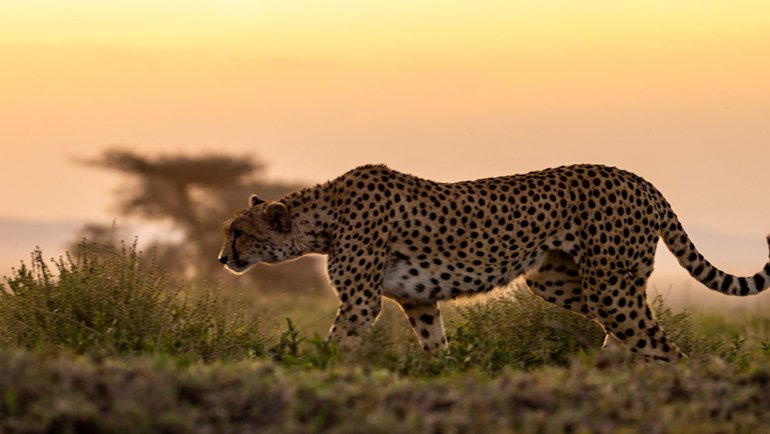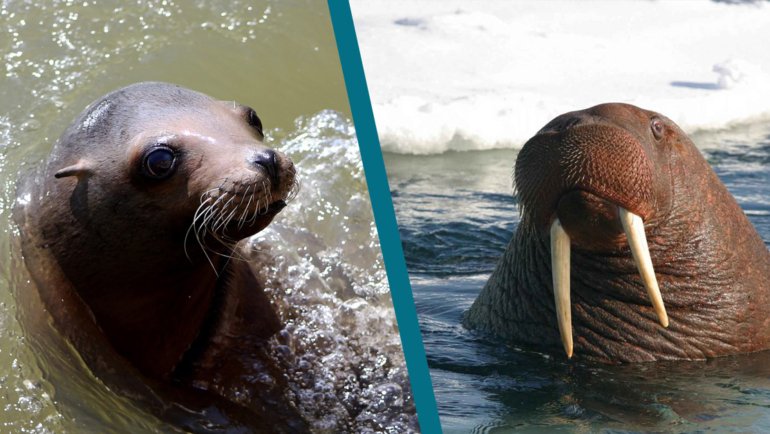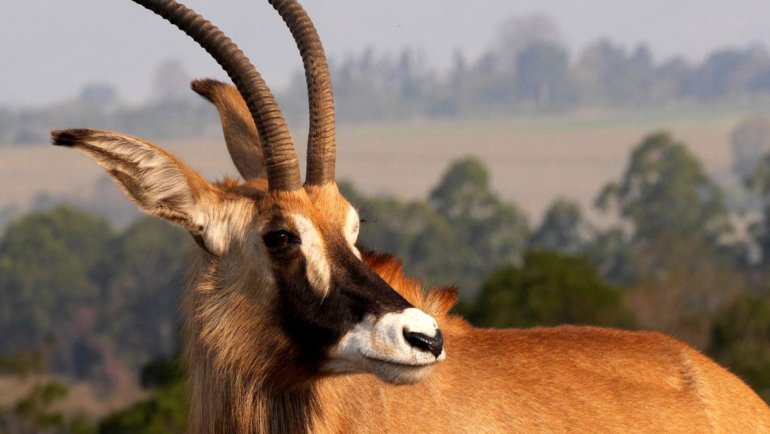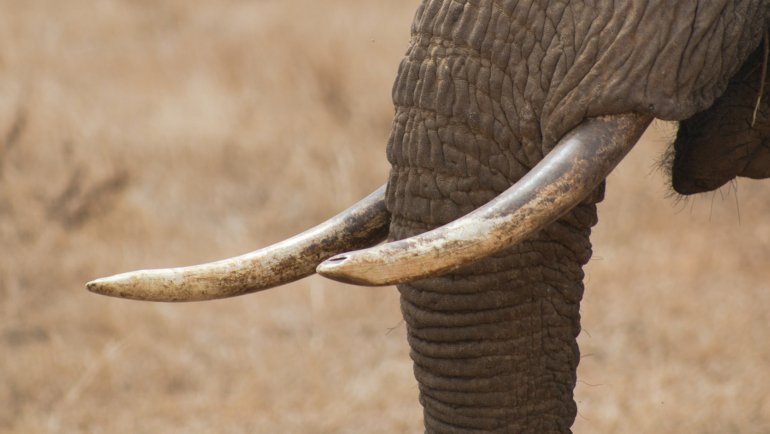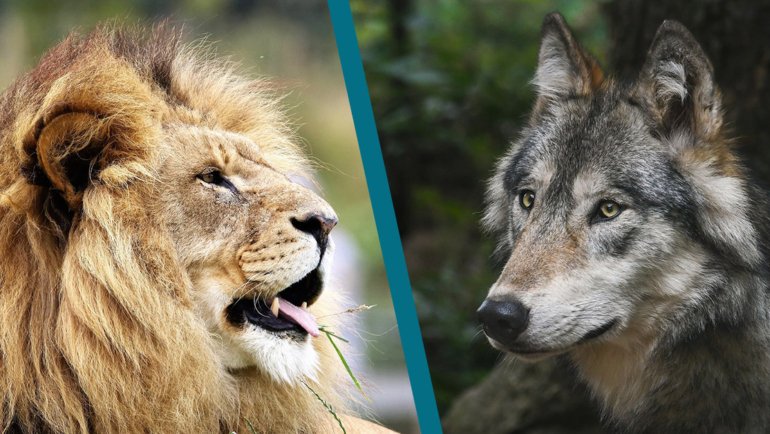The cheetah, known for its striking spots and unmatched speed, stands as one of nature’s most iconic big cats. Sleek and agile, they dash across the African savannah, a blur of motion that leaves onlookers in awe. Beyond their athletic prowess, cheetahs are a study in survival, facing myriad challenges in both the wild and captivity.
This article delves into the lifespan of these magnificent creatures, comparing their life in the untamed expanses of their natural habitats to the secure confines of human-made enclosures.
Cheetah Lifespan in the Wild
In the wild, the average lifespan of a cheetah is relatively short when compared to some of their big cat counterparts. They typically live to be around 8 to 12 years old. This comparatively shorter lifespan can be attributed to a combination of natural and external challenges.
Factors Affecting Their Lifespan in The Wild
- Predation: While adult cheetahs are apex predators when it comes to speed, they are not the strongest cats on the block. They face threats from lions, leopards, and hyenas. Young cubs are particularly vulnerable, with a high mortality rate due to predation.
- Diseases: Cheetahs are susceptible to certain diseases in the wild, which can reduce their lifespan. These include infections, parasites, and other illnesses that might not be as prevalent in captive environments.
- Scarcity of Food: The African plains are unpredictable. Seasons of drought, migration patterns of prey, and competition from other predators mean that cheetahs sometimes go days without a successful hunt. This scarcity can affect their health and overall longevity.
- Territorial Disputes: Male cheetahs, often forming coalitions with brothers, can engage in fierce territorial battles. These skirmishes can result in severe injuries, reducing their overall lifespan.

Cheetah Lifespan in Captivity
The contrast between the lifespan of a cheetah in the wild and one in captivity is substantial. In controlled environments like zoos, sanctuaries, and breeding programs, cheetahs often live significantly longer, with many reaching the ages of 12 to 15 years.
Reasons for Increased Longevity in Captivity
Several factors contribute to this extended longevity:
- Regular Veterinary Care: In captivity, cheetahs have access to medical attention, which can quickly address injuries, infections, or any health concerns that arise. Preventive care, including vaccinations and routine check-ups, ensures that they are in optimal health.
- Consistent Food Supply: Unlike in the wild, where hunting can be unpredictable, cheetahs in captivity receive a steady and balanced diet. This consistent nutrition contributes to their overall well-being and extended lifespan.
- Protection from Predators: Enclosed and monitored habitats mean that cheetahs are safe from the threats of larger predators, ensuring a more peaceful existence.
- Enrichment Programs: Many modern facilities have programs designed to mentally stimulate and physically engage cheetahs, replicating the challenges they would face in the wild. This keeps them active and mentally sharp.
Despite these benefits, it’s worth noting that captivity comes with its challenges. The lack of vast territories to roam can be a source of stress, and not all captive environments are equal in quality and care.
Cheetah Life Cycle
The journey of a cheetah, from a helpless cub to a graceful adult, is marked by distinct stages:
- Cub (0-2 years): Born blind and vulnerable, cubs rely entirely on their mother for protection and sustenance. In the early weeks, they remain hidden, emerging only when they begin to see and move about.
- Adolescence (2-3 years): As cheetahs transition from cubs, they learn the intricacies of hunting and survival. During this period, they are still under the guidance of their mother but start honing their skills for independent life.
- Adulthood (3-6 years): This is the prime of a cheetah’s life. They are at their peak physically, often establishing territories and seeking mates. Male cheetahs may form coalitions, while females might raise multiple litters during this period.
- Senior Years (7+ years): As with many animals, older cheetahs face health challenges. Their hunting prowess may decline, leading them to opt for smaller prey. In the wild, they become more vulnerable during this stage, but in captivity, they often live comfortably with the aid of medical care and special attention.
The cheetah’s life cycle, while short compared to humans, is packed with challenges, learning, and adaptation at every turn.
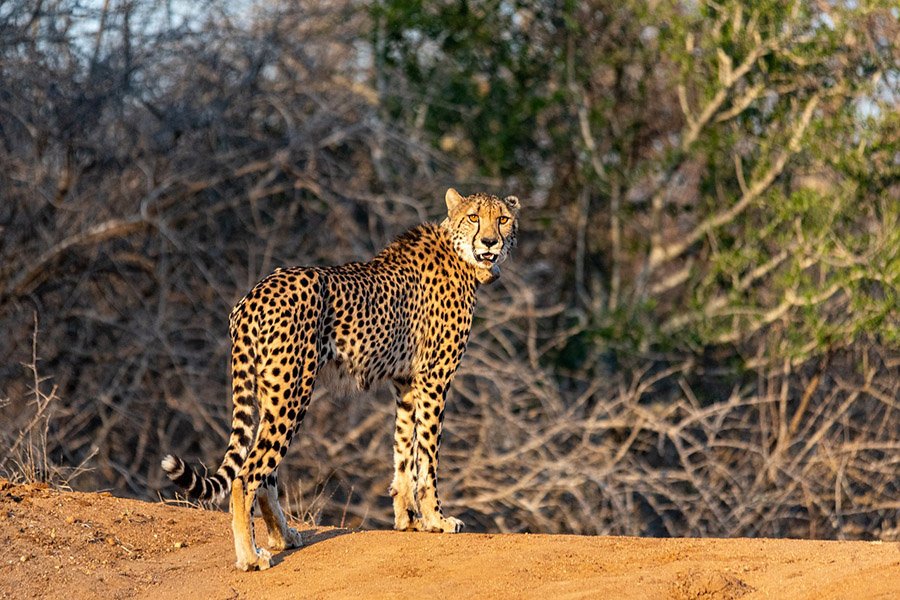
Comparing Lifespans: Cheetahs vs. Other Big Cats
When it comes to the majestic big cats, the cheetah’s lifespan sits somewhere in the middle. Here’s how their longevity compares to some of their wild counterparts:
- Lions: The “kings of the jungle” typically live to be about 8-12 years in the wild, with a longer lifespan of up to 20 years in captivity. Like cheetahs, they face threats from territorial disputes, but being at the top of the food chain, they have fewer natural predators.
- Leopards: These elusive and adaptable cats can live between 12-15 years in the wild, and up to 20 years in captivity. Their ability to thrive in diverse habitats, from jungles to grasslands, contributes to their relatively long life.
- Tigers: The largest of all big cats, tigers have a lifespan of 10-15 years in the wild. In captivity, with the right conditions, they can live up to 25 years. Poaching and habitat loss, however, have significantly impacted their numbers in the wild.
- Jaguars: Native to the Americas, jaguars live about 12-15 years in the wild and can reach up to 20-23 years in captivity. Their solitary nature and powerful build place them at the top of their food chain, reducing natural threats.
The Future: Efforts to Ensure Cheetah Longevity
While the natural lifespan of cheetahs is of interest, the broader question of the species’ survival naturally comes with it. With decreasing populations due to habitat loss, poaching, and human-wildlife conflict, ensuring the long-term survival of cheetahs has become paramount.
Conservation Programs: Organizations worldwide are striving to protect cheetah habitats and establish corridors that allow for migration and hunting. By preserving their natural environment, the chances of cheetahs living to their natural age increase.
Breeding Programs: In a bid to boost cheetah numbers and maintain genetic diversity, many zoos and sanctuaries engage in breeding programs. These initiatives aim not only to increase populations in captivity but also to reintroduce cheetahs into the wild.
Education and Awareness: Educating local communities about the value of cheetahs and their role in the ecosystem can help mitigate human-cheetah conflicts. Awareness campaigns on a global scale can also drive funds and support for conservation initiatives.
Anti-Poaching Initiatives: Efforts are underway to counter the threats of poaching, which directly impacts cheetah populations. This includes stricter law enforcement, community engagement, and monitoring.

Myths and Misconceptions about Cheetah Longevity
Over the years, various myths and misconceptions have emerged about cheetahs, some of which revolve around their lifespan and vulnerabilities. Let’s debunk some of these:
- All big cats have similar lifespans: While cheetahs are part of the big cat family, their lifespans differ from other members. Factors like metabolism, lifestyle, and threats play a role in the life expectancy of each species.
- Cheetahs are invincible in the wild due to their speed: While cheetahs are undoubtedly the fastest land animals, speed isn’t a guaranteed protection against threats. In fact, their lightweight build makes them vulnerable to larger predators.
- Captivity always extends a cheetah’s life: While it’s true that many cheetahs live longer in captivity due to factors like consistent food supply and medical care, it’s also essential to understand that not all captive conditions are ideal. A poor environment can lead to stress and health issues.
- Cheetahs die young because they exhaust themselves while hunting: While cheetahs do expend a lot of energy during a hunt, they have evolved to recover quickly. Their shorter lifespan in the wild is more due to external threats and challenges rather than exhaustion.
Frequently Asked Questions
Do male and female cheetahs have the same lifespan?
On average, male and female cheetahs have comparable lifespans in the wild. However, specific factors such as territorial disputes (more common among males) or challenges of motherhood and protecting cubs (specific to females) might influence individual lifespans. In captivity, where many of these factors are controlled, both genders tend to live longer than in the wild, with similar life expectancies.
How can you tell the age of a cheetah?
Determining the exact age of a wild cheetah can be challenging. However, some indicators include the condition and wear of their teeth, the clarity of their eyes, and the state of their coat. In captivity, age is often known precisely because the date of birth is recorded.
Are cheetahs vulnerable to diseases as they age?
Like all animals, cheetahs can become more susceptible to certain diseases or health issues as they age. This includes dental problems, arthritis, and other age-related ailments. In the wild, these health issues can reduce their hunting efficiency, making survival more challenging.
What age is considered old for a cheetah?
In the wild, reaching 8-10 years is considered old for a cheetah, given the myriad challenges they face, from hunting to avoiding predators. In captivity, where many threats are mitigated, a cheetah reaching 12-15 years is seen as achieving a ripe age.
How old is the oldest known cheetah?
The oldest known cheetah in captivity has lived to be 20.5 years old. However, such cases are exceptional, with most captive cheetahs living up to 12-17 years. In the wild, due to various challenges and threats, cheetahs rarely reach these advanced ages.
Other Articles to Learn More About Cheetahs
- Cheetah: Characteristics, Diet, Facts & More [Fact Sheet]
- Cheetah vs. Jaguar: Key Differences & Who Would Win a Fight?
- How Many Spots Does a Cheetah Have? Are There Spotless Cheetahs?
- Cheetah vs. Leopard: Key Differences and Who Would Win a Fight?
- Cheetah Sounds: What Sounds Do Cheetahs Make, Why and When?
- How Fast Can a Cheetah Run? The Secrets Behind Its Incredible Speed
- What Are Baby Cheetahs Called? What Do They Look Like?
- Are Cheetahs Dangerous? Do They Attack And Eat Humans?

